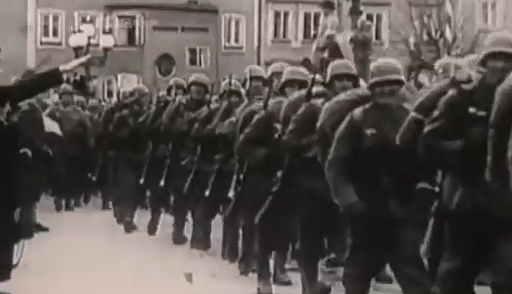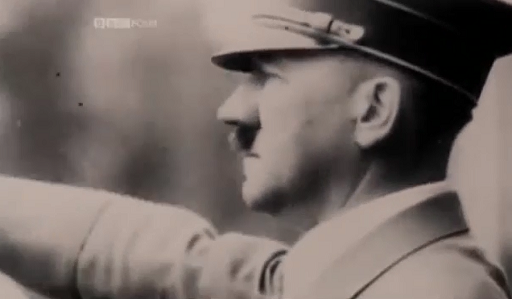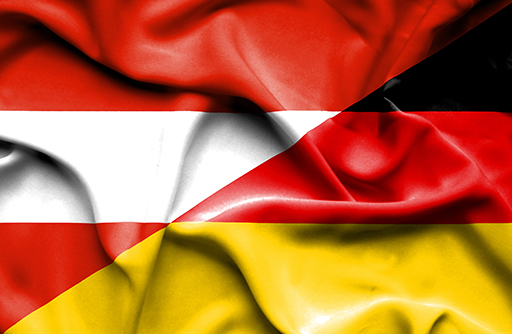2.2 Nationhood: playing for a new flag
Despite FIFA’s 1962 ruling that prohibits footballers from representing two different nations in competitive matches, there is a special circumstance which allows this to occur – the dissolution or fragmentation of nations, e.g., the likes of the Soviet Union, Czechoslovakia and Yugoslavia. Military history inevitably shapes debate on national identity and what it means to be patriotic. As such, representing a new country (i.e., partly switching allegiances), exemplifies this perspective from both players and nations. A striking example here is the expansion of Germany in 1938, which saw the Austrian national team dissolve and combine with Germany’s.
Activity 2 The creation of a new German football team
There are two video clips in this activity, both taken from the 2003 BBC documentary Football and Fascism. Take some time to consider the first question and video clip, before moving onto the second.
- How did the German annexing of Austria impact football?

Transcript: Video 1 Football and fascism 1
- What implications were there for the new-look German side at the 1938 World Cup?

Transcript: Video 2 Football and fascism 2
[MUSIC PLAYING]
[CHEERING, WHISTLE]
Discussion
- Germany saw this as an opportunity to recruit Austria’s star footballers. This came at a time when the Austrians were the superior side, having beaten Germany 6-0 and 5-0 earlier in the decade. The 1938 men’s World Cup presented the Germans with a chance to present a new-look, possibly enhanced, German side. However Austria’s star centre-forward, Matthias Sindelar, refused to play citing his hated for Nazi-Germany.The following year Sindelar and his girlfriend were found dead in their Austrian apartment. Although the official verdict cited carbon monoxide poisoning, speculation remains over whether his death was, in fact, a murder (Jonze, 2018).
- Five Austrians featured in Germany’s first match of the tournament against Switzerland. With old rules, a replay of the tie was necessary following a draw. Despite going two goals up in the replay, the new German side capitulated and lost 4-2. It was clear that the Austrians, who had been forced to represent Germany, harboured severe dislike for their new nation – this new ‘united’ nation was anything but.
The Germany-Austria example highlights contentious issues surrounding national identity. Austrian players and supporters became symbols of political resistance. A further instance demonstrates the flexibility in allegiances and borders over time: the break-up of Yugoslavia. Several players were able to select their new allegiance to the likes of Croatia, Serbia, Montenegro or Slovenia. All the examples in this section highlight how player recruitment can be impacted by ethnic, civil and national identities.

